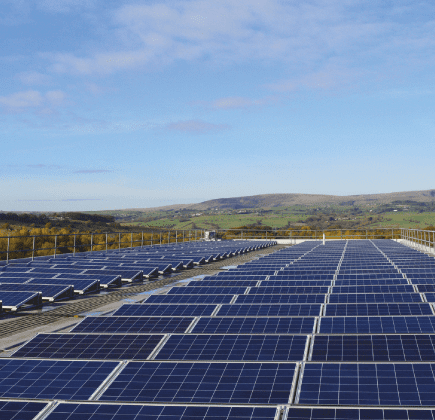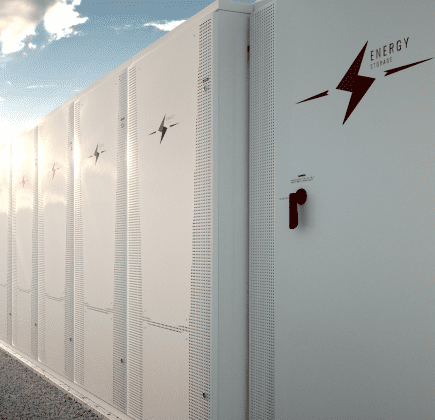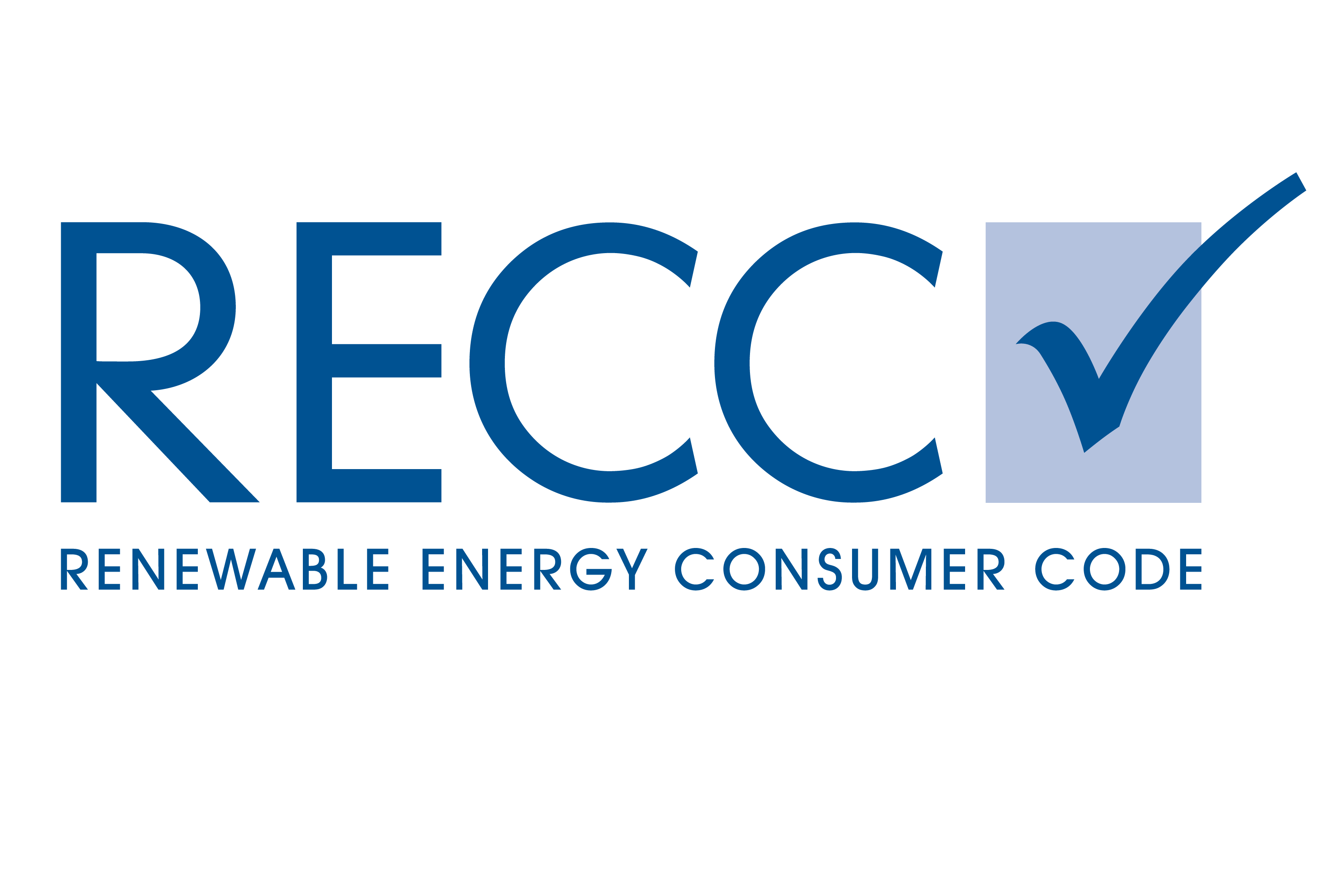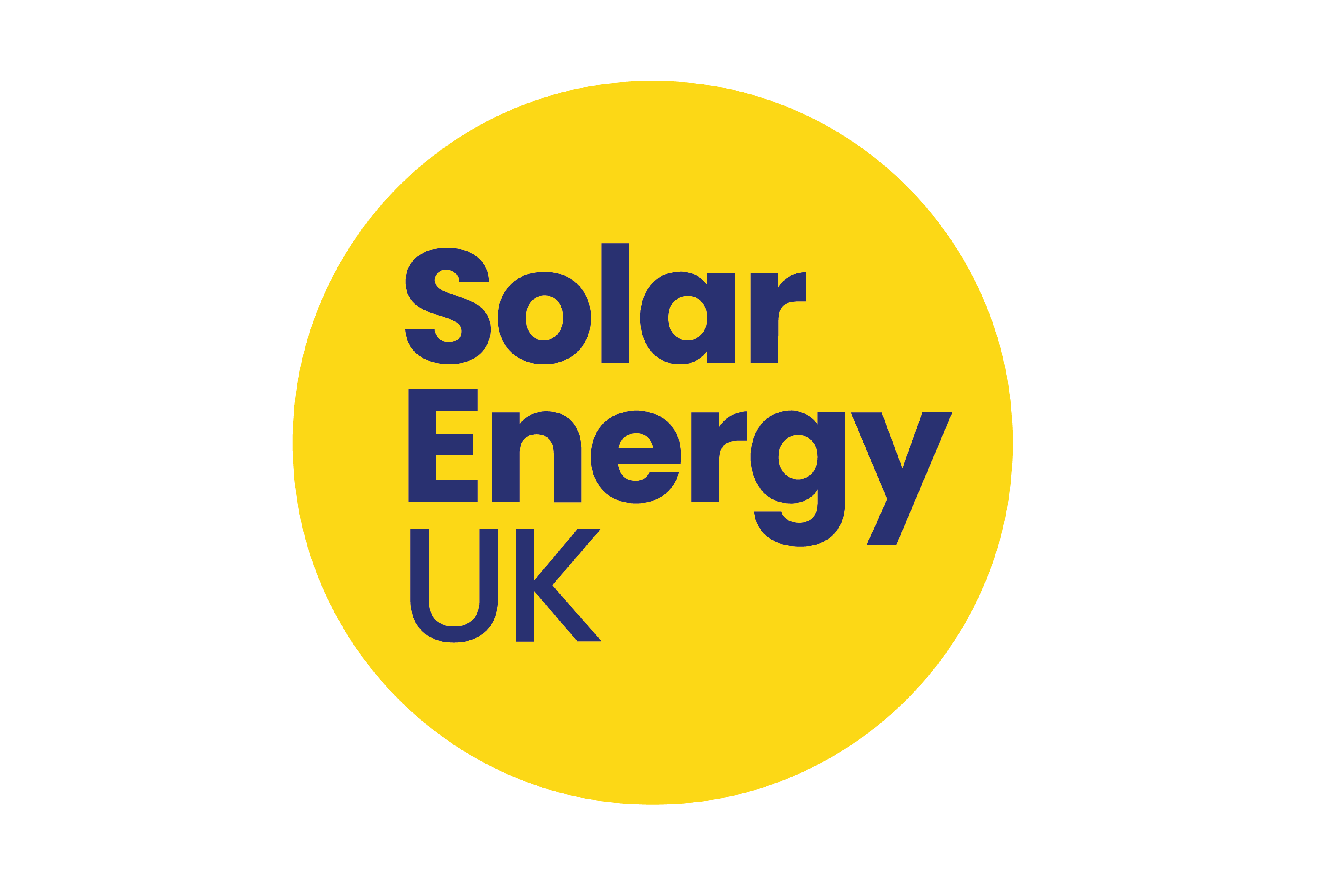
Do solar panels still work on cloudy days?
In short: yes. It’s a question that our expert regularly field here at Low Carbon Energy, and it’s an equally pressing question for businesses and private homeowners alike. After all, if you’ve invested a considerable amount into a domestic or commercial solar panel system, you won’t want it to be constantly hampered by cloud cover, especially here in the UK! Happily, this is less of an issue than many people think – and here’s why.
Why do solar panels still work on cloudy days?
You can still get sunburned even in cloudy weather, as you may have been unfortunate enough to once discover. That’s because even though cloud cover can block the brightest sun rays, it’s still penetrated by a sizeable amount of solar radiation – and that’s a big part of the reason that solar panels still work. In a bit more depth; solar panels function by absorbing photons, which they convert into an electrical charge. (We’ve explained this in more detail in a recent article.) This means that the key requirement is daylight, rather than specifically sunlight. The energy they absorb comes from not just the visible light spectrum, but also from a range of different wavelengths, many of which are perfectly capable of penetrating cloud cover.
In fact, you could even theoretically provide power for a solar panel using artificial light – although obviously that probably wouldn’t be the most efficient way of generating power! Really, as a general rule of thumb, if you’re able to cast a shadow at any given time, it’s a safe bet to assume that your solar panels are working just fine. Now, that’s not to say they’ll still be operating at peak efficiency; solar panels take a hit of anywhere between a 10% to 25% drop in efficiency, compared to the level they’d be operating at on a sunny day.
The future’s not always bright
Interestingly, chilly and cloudy weather can have far less of an impact on solar panel efficiency than many people think. The American cities of New York and Seattle, for example, are amongst the top US cities for solar panel savings. Similarly, Germany accounts for about 25% of the world’s solar power, while being simultaneously famous for its lack of sunlight. Nevertheless, it achieved its strongest growth output in about half a decade last year.
So, how does that work for them with less-than-optimal weather? Basically, it’s because it’s the local cost of electricity, and not the amount of cloud cover, that influences the scale of the savings that people and businesses are able to make with solar panel installations.

There’s even a slightly odd phenomenon in which cloudy weather can actually lead to increased output of solar panels, compared to a bright and cloudless day. This is called the Edge of Cloud effect. We won’t go into in-depth detail on the science behind it all, but the short version is that the sunlight can get magnified through refraction, just when the sun is emerging from (or being hidden behind) a bank of clouds. This leads to a sudden burst of energy, which can lead to a temporary but dramatic increase in output. Unfortunately, it’s not something to hope for too often, as it can actually lead to fuses being blown on the panels!
Thankfully, now that we’re well into summer here in the UK, cloud cover isn’t as much of a concern for solar panel owners – which makes it a perfect time to get some fitted for your home or business. We have over 20 years of experience in providing solar PV solutions for businesses and homeowners alike; feel free to give us a call on 08456 808 963, and we’ll be happy to see how we can help!
 Energy Technology
Energy Technology

Powering your present. Preserving your future.
Call us on 01282 421 489

strategy be a priority?










